Beyond Assembly Lines: Navigating the Robotic Revolution in Co-Packing
Robotics integration in co-packing industry has marked a significant shift from traditional assembly lines to automated packaging. The global packaging robots market is projected to grow at a CAGR of over 10% from 2023-2032. This growth is propelled by numerous benefits that robotic systems in packaging industry offer. These include efficiency, reduced maintenance, and increased capacity for high-speed operations for extended hours.
Robotics revolution in co-packing is not just about automation. It’s a strategic response to industry challenges like rising labor costs and the need for precision and consistency in packaging. Moreover, companies implementing robotics have seen cost savings of up to 20%, a figure anticipated to reach 22% by 2025.
This transition is not without its challenges. However, the long-term benefits, including operational efficiency outweigh these initial barriers. As we delve deeper into this topic, it's clear that the robotic revolution in co-packaging is not just about replacing human labor but about reshaping the landscape of manufacturing and packaging for a more efficient, precise, and sustainable future.
Rise of Robotics: A Catalyst for Change
Following factors are collectively influencing a transformative era in co-packing, where robotics is not just an option but a necessity for growth, innovation, and sustainability:
- Advancements in Technology: The continuous development in robotics technology, including improvements in AI, machine learning, and sensor technology, is pivotal. These advancements make robotics solutions more efficient, adaptable, and capable of complex tasks.
- Labor Market Dynamics: Scarcity of skilled labor and the challenge of repetitive or hazardous tasks in packaging industries drive the adoption of robotic systems. Robotics offers a way to mitigate these labor issues while maintaining production efficiency.
- Economic Drivers: Economic factors, such as the increasing cost of labor and the need for cost-efficient production methods, are significant catalysts. For instance, in 2021, the robotics industry witnessed a historic peak with an estimated 517,385 new robotic installations globally, indicating a significant shift towards automation in response to economic and labor market conditions
- Demand for Precision and Consistency: In the co-packing industry precision and consistency is crucial and robotic systems offer unmatched accuracy and uniformity in packaging, which is hard to achieve manually.
- Sustainability and Waste Reduction: The push towards sustainability has become a major driving force. Robotics solutions can help in reducing waste and optimizing resource use in packaging processes. This actively aligns with the global trend towards more sustainable practices.
- Integration with Industry 4.0: The trend towards smart factories and integration of IoT, data analytics, and connected systems in manufacturing processes are complemented by the robotic revolution. This integration enhances overall productivity and supply chain efficiency.
Efficiency Redefined: Robotics Beyond Traditional Assembly Lines
Transformation in the co-packing industry driven by robotic revolution leads to unprecedented levels of efficiency, quality, and productivity, paving the way for innovative and cost-effective solutions in the future. The following are ways in which the rapid adoption of robotic systems is taking the packaging industry beyond traditional assembly lines:
- Automated Pick and Place: Robotics solutions equipped with advanced vision systems revolutionize pick and place operations. They can handle products with speed, accuracy, and consistency.
- Packaging Line Integration: Robotic systems integrate seamlessly with various stages of the packaging process, enhancing workflow and minimizing downtime.
- High-Speed Sorting and Packing: Robots excel in rapid sorting and packing applications, ensuring precision and minimizing wastage.
- Quality Control and Inspection: Vision-guided robotics solutions in packaging enable sophisticated quality control, detecting defects, and ensuring high-quality output.
- Flexibility and Scalability: Robotic systems can be reprogrammed for different product sizes, shapes, or packaging formats. Hence offering adaptability to market demands.
- Worker Safety and Ergonomics: Automation of repetitive, physically demanding tasks reduces injury risks and improves workplace well-being.
- Data Analytics and Optimization:
Robotics in packaging gather extensive data for analytics, helping optimize processes and improve decision-making.
Beyond Assembly Lines - Embracing the Future of Co-Packaging with Robotics
These future-oriented developments are set to revolutionize the co-packing industry, bringing unprecedented efficiency and innovation.
- Developing Smart Packaging Systems: Emphasis on creating packaging systems that are not only automated but also intelligent, capable of real-time decision-making and adjustments.
- Extended Reality Applications: Utilizing augmented and virtual reality in co-packaging for training, simulation, and enhancing the human-robot interface.
- Robotics as a Service (RaaS): Growth in RaaS models, offering flexible, cost-effective access to advanced robotic systems for businesses of all sizes.
- Nanotechnology in Robotics: Incorporating nanotechnology for more precise and efficient packaging processes, especially in sectors requiring extreme precision.
- Energy Efficiency and Green Robotics: Innovations leading to more energy-efficient robots, aligning with global sustainability goals.
- Predictive Maintenance Through AI: AI-driven predictive maintenance to reduce downtime and increase the lifespan of robotic systems in co-packaging.
The future of co-packaging, backed by robotic revolution, promises to enhance operations and redefine packaging. And as we stand on the brink of a new era in co-packing, the integration of robotic systems paves a transformative journey. This evolution transcends traditional methodologies, bringing in an age where efficiency, customization, and sustainability are realities.
https://alp.consulting/robotics-in-manufacturing-industry/
https://blog.drupa.com/en/how-the-robotics-technology-revolutionizes-packaging/
